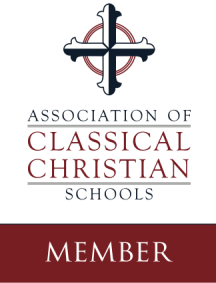Cursive is a form of handwriting in which letters are connected together in a flowing style. While it has become less common in recent years due to the rise of digital communication, it is still taught in many schools, including those that follow the classical Christian education model.
One reason cursive is taught in classical Christian education is that it is part of the tradition of Western civilization. For many centuries, cursive was the standard form of handwriting, and it is still used in many important documents such as legal contracts and historical manuscripts. By teaching cursive, students are exposed to this important part of their cultural heritage.
Another reason cursive is taught is that it can improve cognitive and motor skills. Learning cursive requires more fine motor control than printing, as the letters must be connected in a smooth and continuous motion. This can help students develop their hand-eye coordination and fine motor skills, which can have benefits beyond writing.
In addition, some proponents of classical Christian education argue that cursive can aid in the development of students’ spiritual and moral lives. They suggest that the physical act of writing in cursive can help students slow down and reflect on what they are writing, leading to a deeper engagement with their own thoughts and ideas.
Overall, while the reasons for teaching cursive in classical Christian education may vary, it is often seen as a valuable tradition that can help students develop important skills and connect with their cultural heritage.
Written by: SCA Journal Committee





